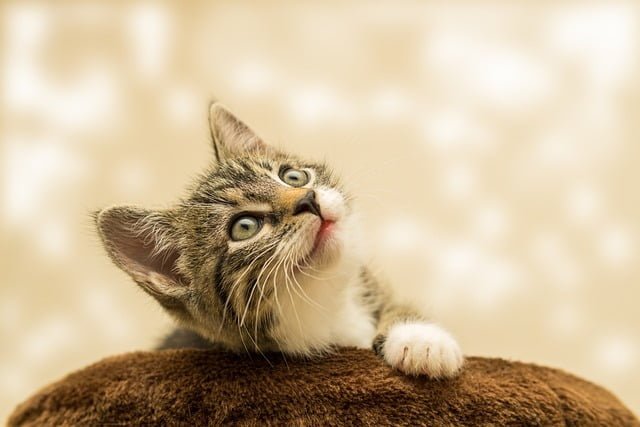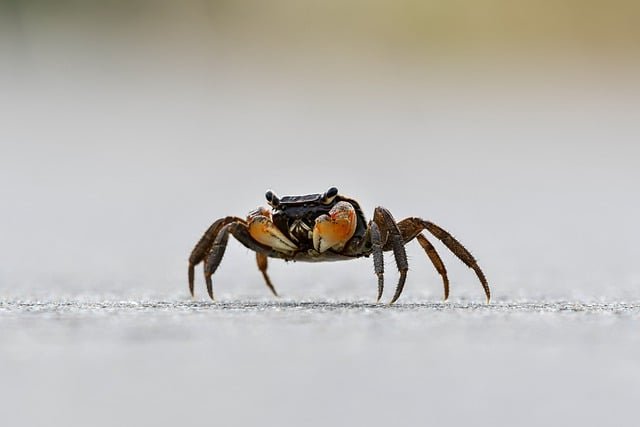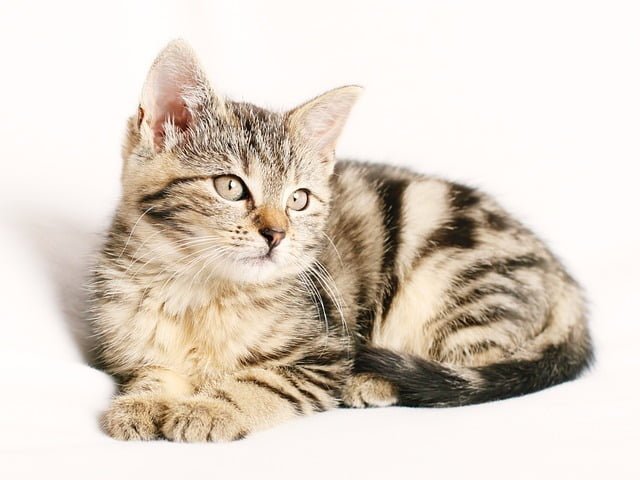Cats are known for their curious nature and diverse taste preferences. As a responsible cat owner, you may find yourself wondering if it’s safe to share some of your favorite foods with your feline companion, such as crab. In this article, we will delve into the topic of whether can cats eat crab, discussing its nutritional value, health benefits, potential risks, precautions, and alternative seafood options. We’ll also provide a homemade crab cat treat recipe, information on commercial cat food with crab ingredients, signs of allergic reactions to crab, and conclude with important considerations for feeding your cat crab.

Can cats eat crab?
The short answer is yes, cats can eat crab in moderation. Crab meat can provide certain nutritional benefits for our feline friends. It is a good source of lean protein, which is essential for muscle development and repair. Additionally, crab contains omega-3 fatty acids, which promote healthy skin and a shiny coat. However, it’s important to keep in mind that every cat is unique, and individual dietary requirements may vary. Consult with your veterinarian before introducing crab or any new food to your cat’s diet.
Nutritional value of crab for cats:
Crab meat is rich in several key nutrients that can contribute to a well-rounded feline diet. It contains high-quality protein, vitamins such as B12, minerals like zinc, selenium, and phosphorus, and beneficial omega-3 fatty acids. These nutrients support your cat’s overall health and vitality. However, it’s crucial to remember that crab should be served in small portions and as an occasional treat, not as a staple food.
Health benefits of crab for cats:
When given in moderation, crab can provide certain health benefits for cats. The omega-3 fatty acids found in crab can help reduce inflammation, improve joint health, and promote a healthy cardiovascular system. The lean protein in crab aids in maintaining strong muscles and supports healthy organ function. However, it’s important to note that cats have specific dietary needs, and a well-balanced commercial cat food is typically the best option to ensure they receive all the essential nutrients they require.
Risks and precautions of feeding crab to cats:
While crab can offer nutritional benefits, it also poses certain risks for cats. The most significant concern is the potential presence of bacteria or parasites in raw or undercooked crab. These pathogens can cause gastrointestinal upset, food poisoning, or more severe health issues. To minimize the risk, always ensure that the crab is properly cooked and free of any seasonings, additives, or sauces that may be harmful to cats. Avoid feeding your cat crab shells, as they can pose a choking hazard or cause digestive blockages.
How to safely introduce crab to your cat’s diet:
If you decide to introduce crab to your cat’s diet, it’s crucial to proceed with caution. Start by offering a small amount of cooked crab meat and observe how your cat reacts. Monitor for any signs of digestive upset, such as vomiting or diarrhea. If your cat tolerates it well, you can gradually increase the portion size. Remember to serve the crab plain, without any added spices, salt, or oils. Always consult your veterinarian before making any significant changes to your cat’s diet.
Other seafood options for cats:
If you’re considering adding variety to your cat’s diet with seafood, there are alternative options besides crab. Some cats enjoy small portions of cooked fish, such as salmon or tuna. However, it’s important to note that fish should also be served in moderation due to potential mercury content. Additionally, it’s best to avoid giving cats raw fish due to the risk of bacterial or parasitic infections.

Homemade crab cat treats recipe:
If you’d like to make a special treat for your cat, here’s a simple homemade crab cat treat recipe:
Ingredients:
- 1/4 cup cooked crab meat (finely shredded)
- 1/4 cup oat flour
- 1 egg (beaten)
- 1 tablespoon olive oil
Instructions:
- Preheat the oven to 350°F (175°C) and line a baking sheet with parchment paper.
- In a mixing bowl, combine the cooked crab meat, oat flour, beaten egg, and olive oil.
- Stir the ingredients until well combined and form a dough-like consistency.
- Roll the dough into small, bite-sized balls and place them on the prepared baking sheet.
- Flatten each ball slightly with the back of a fork.
- Bake for approximately 12-15 minutes or until the treats are golden brown and firm to the touch.
- Allow the treats to cool completely before serving to your cat.
Commercial cat food with crab ingredients:
If you prefer the convenience and assurance of commercial cat food, there are options available that include crab as an ingredient. Always check the labels carefully to ensure the product is made from high-quality ingredients and meets your cat’s nutritional needs. Keep in mind that cat food should be specifically formulated to provide a balanced diet for cats, with appropriate amounts of protein, fat, and other essential nutrients.
Signs of allergic reactions in cats to crab:
Just like humans, cats can develop allergies to certain foods, including crab. If your cat experiences an allergic reaction, you may observe symptoms such as skin itching, excessive scratching, hair loss, vomiting, diarrhea, or respiratory issues. If you suspect your cat may be allergic to crab or any other food, consult your veterinarian for proper diagnosis and guidance.

Conclusion:
In conclusion, while cats can eat crab in moderation, it should be offered as an occasional treat rather than a regular part of their diet. Crab can provide valuable nutrients and potential health benefits for cats when properly cooked and served plain. However, it’s essential to consider the risks, such as bacterial contamination, and consult with your veterinarian before introducing any new food to your cat’s diet. By being cautious and attentive to your cat’s individual needs, you can ensure their well-being and enjoyment of a varied diet.





